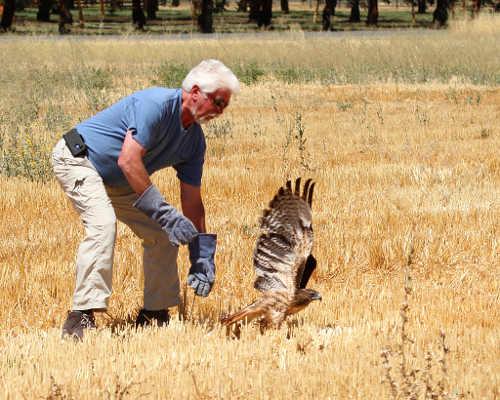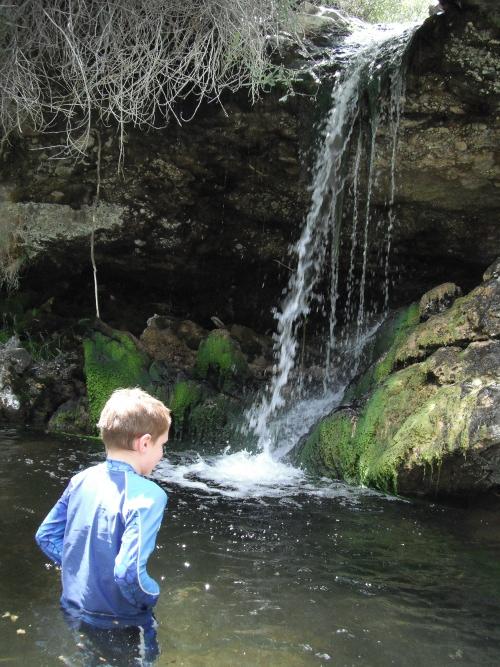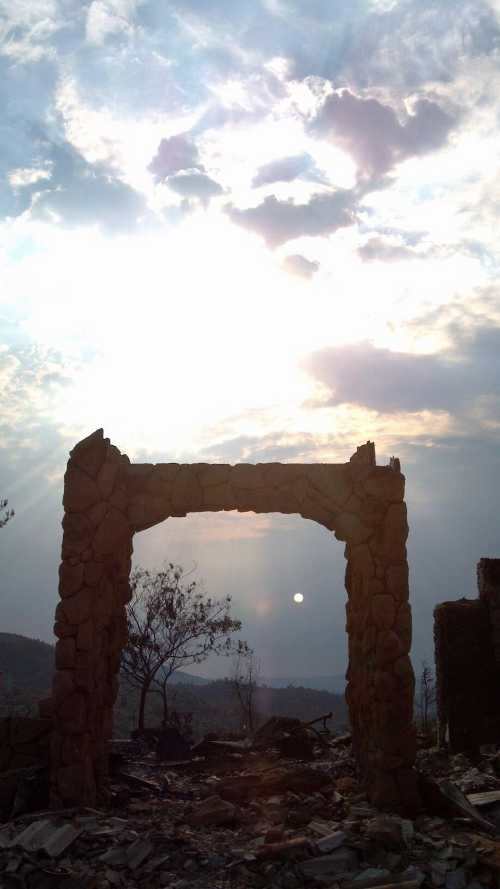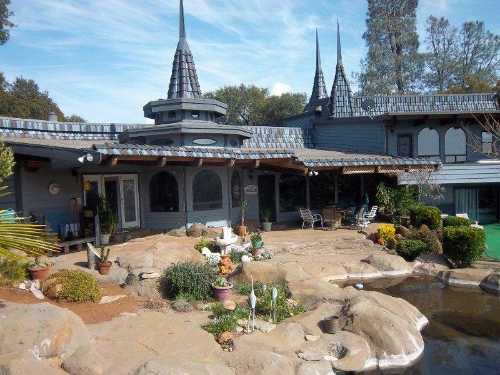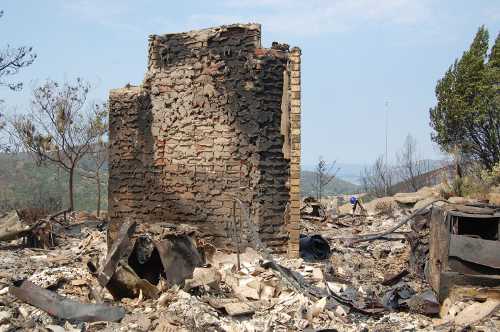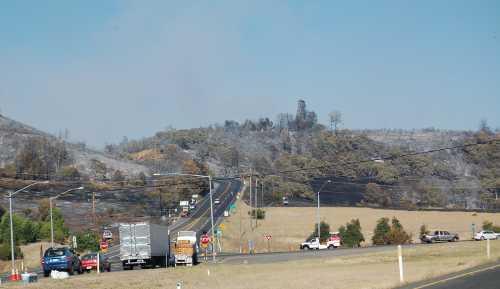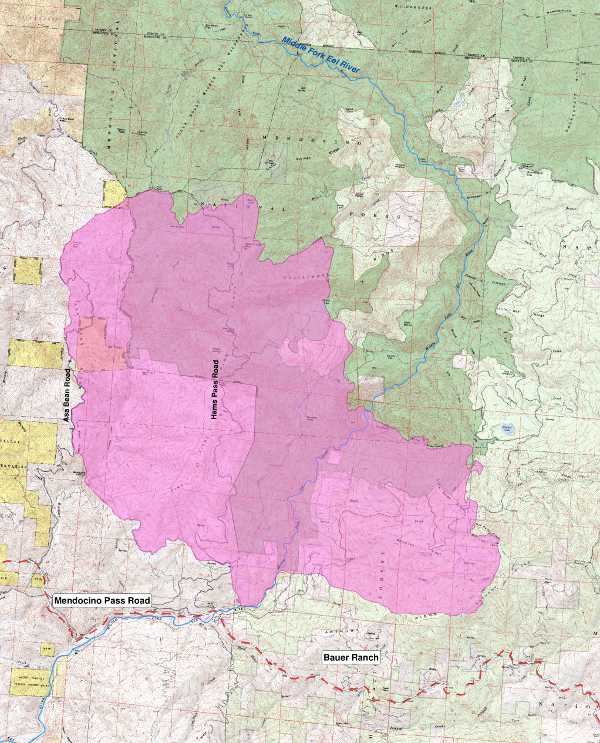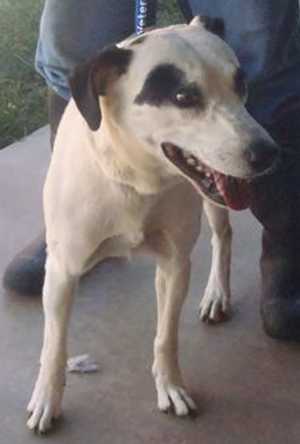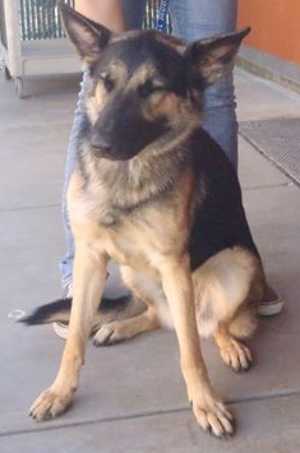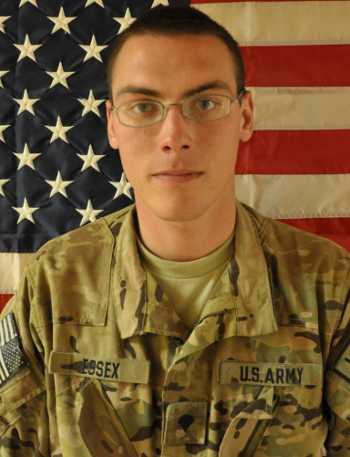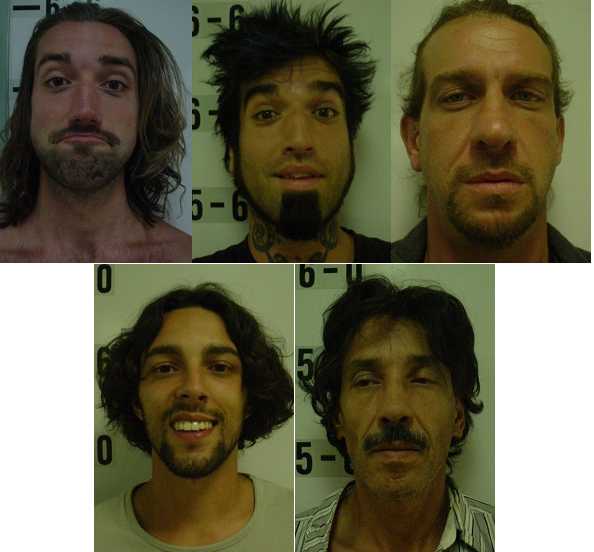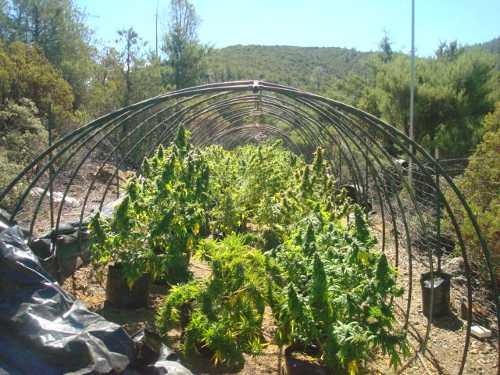- Elizabeth Larson
- Posted On
Reclaiming the sky: Injured hawk returns to the wild with help of rehabilitators
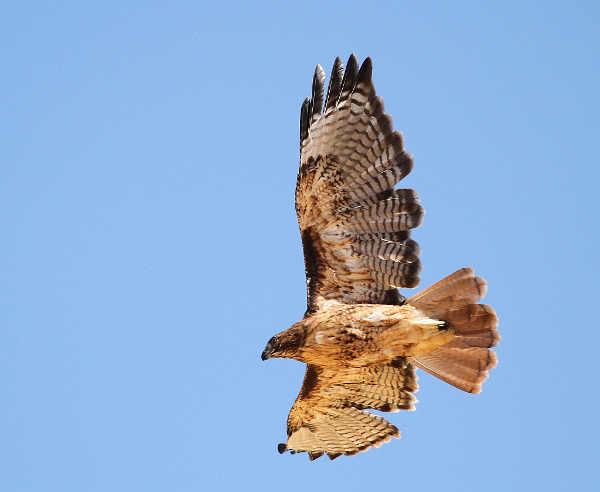
KELSEYVILLE, Calif. – Last week, not far from where she fell from the sky, injured and burned, a year and a half ago, a young red-tailed hawk returned to her wild home, her wholeness credited to the efforts of a devoted group of raptor rehabilitation specialists.
“Sparkie,” as she became known to those who nursed her back to health, was ready to go by the time she was carried out into a field near Steele Wines in Kelseyville last Thursday afternoon.
Wearing long thick leather gloves, Brad Marsh – raptor rehabilitation and release coordinator for The Bird Rescue Center, based in Santa Rosa – gently held Sparkie against his chest as he prepared to release her back to her wild life.
Sparkie, as the volunteers would point out, would never lose her spirit or essential wildness – which she’ll need to survive and thrive – and that was evident as she struggled in Marsh’s arms.
“She’s as ready as she’s ever going to be,” Marsh said.
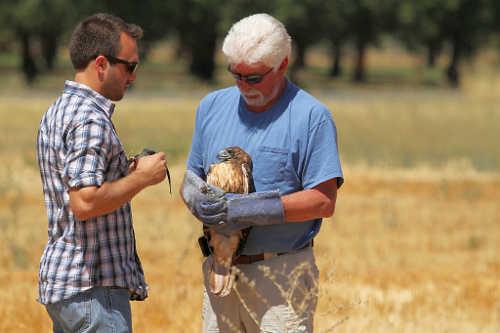
Then it was time to remove the hood and let her set out on her way.
Marsh set her down and let her take off. She headed for some nearby pine trees, where she perched for a time.
Then she left the tree and flew in a wide circle over the little group that watched her from the ground before she settled into a tree once more.
Marsh and fellow volunteers Eric Ballinger and Amy McLintock made sure she was settled before it was time to go back to Santa Rosa.
Marsh said Sparkie was the longest rehabilitation case the center has had, at 17 months. He called the work “a labor of love” and Sparkie herself “truly a miracle bird.”
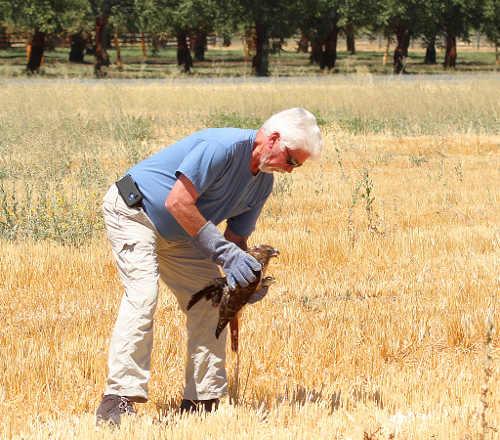
Torn from the sky
In March 2011, Sparkie was found injured after hitting an electrical pole near Kelseyville.
She was taken to The Bird Rescue Center, where injured raptors and larger birds from Lake County and other parts of the North Coast go for care.
The group, which Marsh said has been in existence for more than 30 years, specializes in rehabilitating and releasing native wild birds like Sparkie, and also works to educate the public about the birds.
Marsh said the center takes in between 2,500 and 3,000 wild birds annually. The center reported that it sees an estimated 125 different species each year.
Marsh said Sparkie was in bad shape when she arrived.
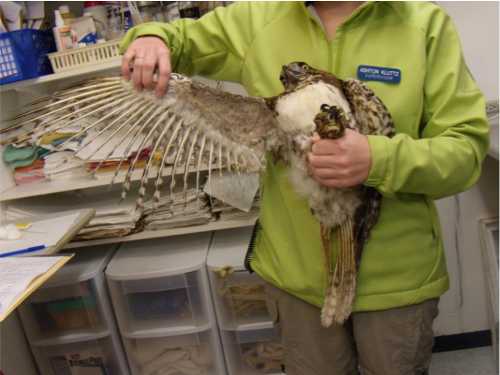
“There was no feathering left on the entire right wing,” he said.
Sparkie, then just 1 year old, didn’t yet have the notable red tail of her species. However, the tail she did have was left looking like straw stubble, Marsh said.
The volunteers at The Bird Rescue Center got down to the business of getting Sparkie back on the wing.
It was a long journey from the early stages of acute care to working out Sparkie’s muscles in preparation for being released.
The electrocution left her with extensive tissue damage to her right wing, right inner thigh and right leg.
Sparkie would lose some of that tissue – in the case of her right leg, at one point her bone was exposed – and required surgeries and daily treatment to keep the wounds from becoming infected.
Her burned leg eventually healed, although she now lacks the characteristic hawk leg scales, Marsh said.
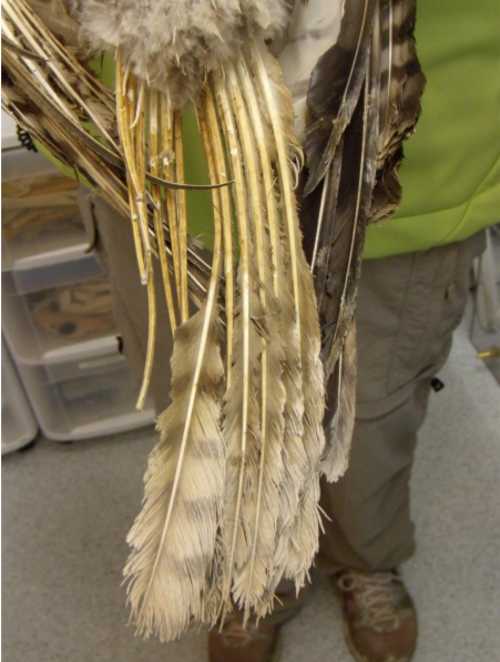
In July and August 2011 Sparkie had her first molt since being electrocuted. Her feathers began to come in, and the rich red tail feathers appeared.
But she was still missing feathers, and when she molted again last November it was clear she had suffered follicle damage from the electrocution, with her right wing showing gaps between the feathers.
By this past July, her right wing looked almost complete – except for a small cap in her secondary feathers. While center staff reported she would always have problems with those feathers, Sparkie had enough wing feathers to successfully return to the wild.
Then it was time to focus on rehabilitation.
In order to give her the workouts needed to return her to full health, Marsh said they put her on a 130-foot line and took her for short practice flights.
She took her first flight since being electrocuted on Monday, Aug. 6, when she flew more than 100 feet.
At one point she was doing up to 30 of the short flights daily. Marsh likened it to circuit training for a bird.
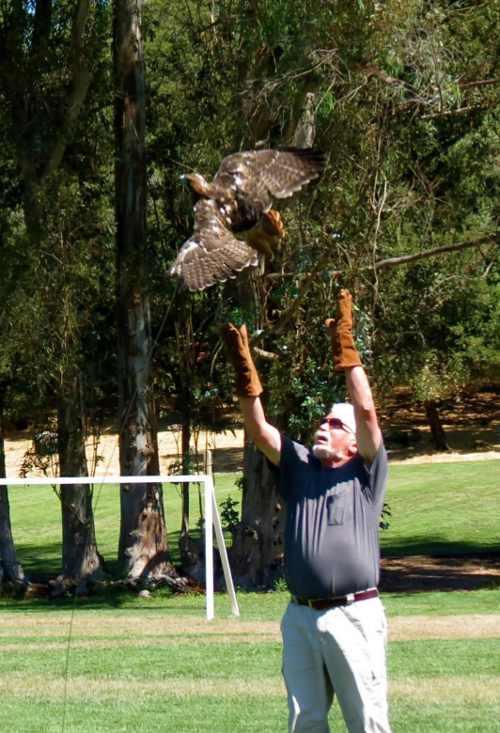
New birds, new challenges
Sparky is the 112th bird the center has released or transferred to further care this year, Marsh said.
Not all of the birds the center tries to help have Sparkie’s good result.
Marsh said the center has received three electrocuted birds from Lake County this year – a great horned owl, red-shouldered hawk and red-tailed hawk. All of them died.
He said they’re already tending to a new raptor that was brought to the center the day before Sparkie’s release.
That new rescue is a bald eagle, he said. The eagle, which appears to be suffering from neurological issues, was found near Walker Ridge, the scene of a large wildland fire that burned earlier this month.
It’s not yet clear what happened to the eagle, but it was found in an area bounded on both sides by the fire’s burn area.
To learn more about The Bird Rescue Center, its work and mission, or to donate, visit www.thebirdrescuecenter.org .
Email Elizabeth Larson at This email address is being protected from spambots. You need JavaScript enabled to view it. .
